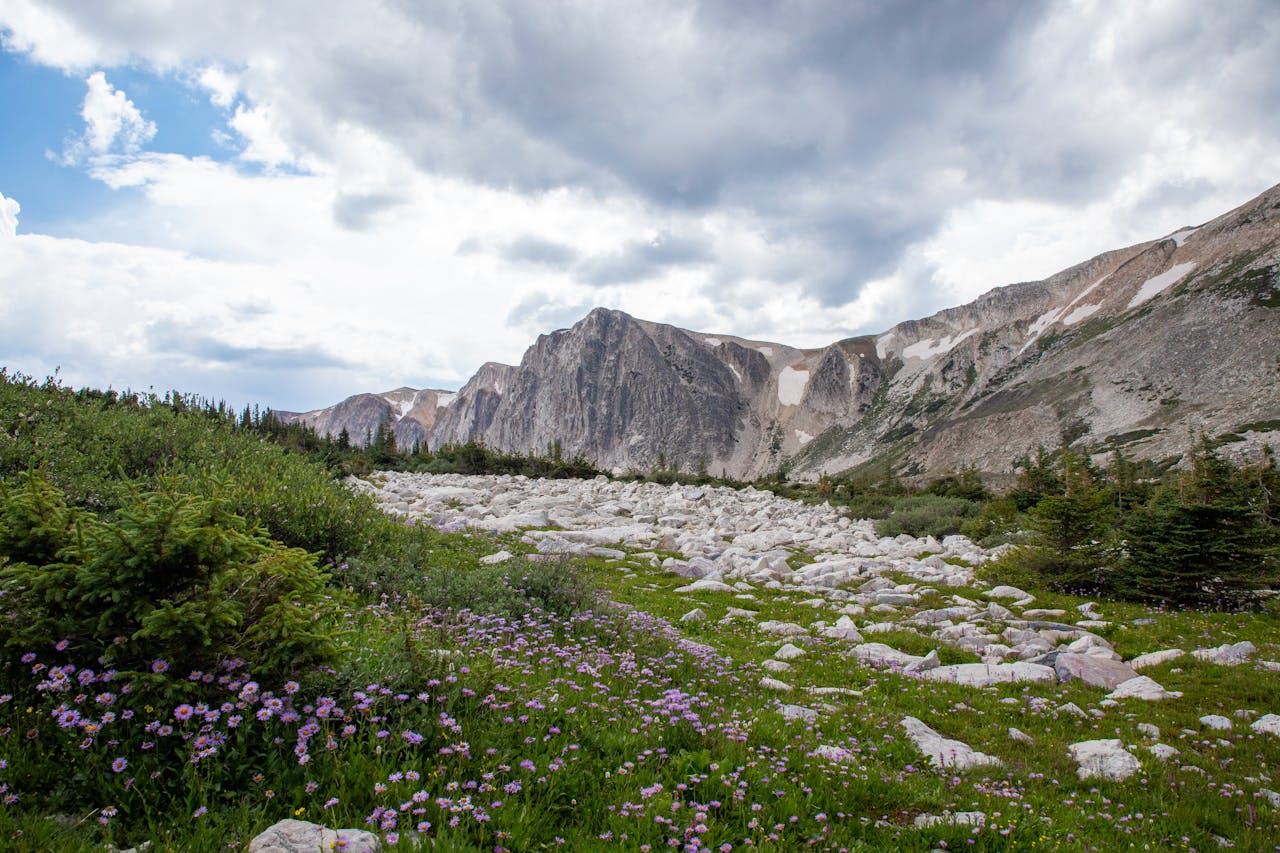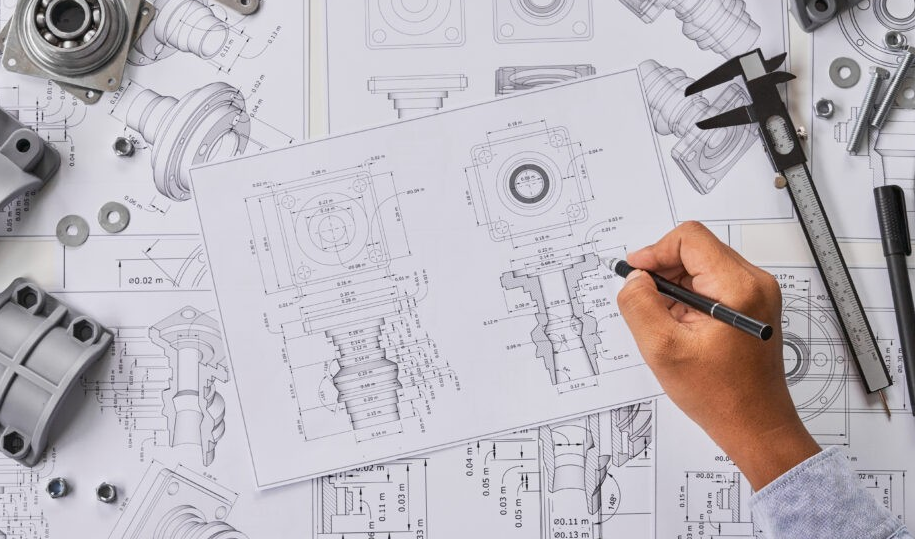
Process
What is the project timeline?

The two-year project, which started in March 2024, will wrap up the development of the blueprint in spring 2026. The project will expand in phases. The first few months are primarily devoted to research, including a better understanding of the state’s potential to capture, store, utilize, and transport CO2. Going forward, the project’s team will work with researchers, investors, and others to understand how their vision for Wyoming’s energy, workforce, natural resources, and development priorities is reflected in the Carbon Blueprint.
What is the research process?
The Carbon Blueprint imagines a future Wyoming where industry and technology have evolved to meet the ongoing needs of residents to preserve the state’s wild beauty and natural heritage. To define that future, the project’s approach asks stakeholders from across the state questions about what the future carbon economy in Wyoming could mean for the unique communities throughout the state.
The process also involves a lot of supplementary research, including technical work on:
- Refining understanding of the state’s potential to permanently store captured CO2
- Investigating the potential local economic benefit of different system designs
- Evaluating the potential for Wyoming to import or participate with neighboring states to transport or store captured CO2

What technology is being considered in the Wyoming Carbon Blueprint?
While natural systems, like plants, help reduce carbon dioxide emissions, engineered solutions are essential for addressing rising atmospheric CO2 levels more quickly. Technologies such as point-source carbon capture, direct air capture (DAC), CO2 transport, and permanent geologic sequestration are key to complementing natural methods and supporting long-term carbon management goals. These approaches provide effective tools to help manage carbon emissions on the necessary timescales, supporting a balanced and sustainable approach to Wyoming’s energy future.

When can we expect a final product and what will it look like?

While the format of the Carbon Blueprint will be shaped in response to the insights heard across the state, the project will still be a concise summary of the opportunities, desires to shape and secure the future of Wyoming’s emergent carbon economy. It will highlight a series of potential paths forward for the state of Wyoming as carbon management continues to develop throughout the state. The report will also be to some extent a living document that necessarily responds to evolution and advancements in technology, policy, and community needs.
The final Carbon Blueprint Report will be completed and publicly available in spring 2026, and the findings of both the technical research and community insights synthesized here on the project website to reference and to help shape the state’s course moving forward well into the future, in 2026 and beyond.
